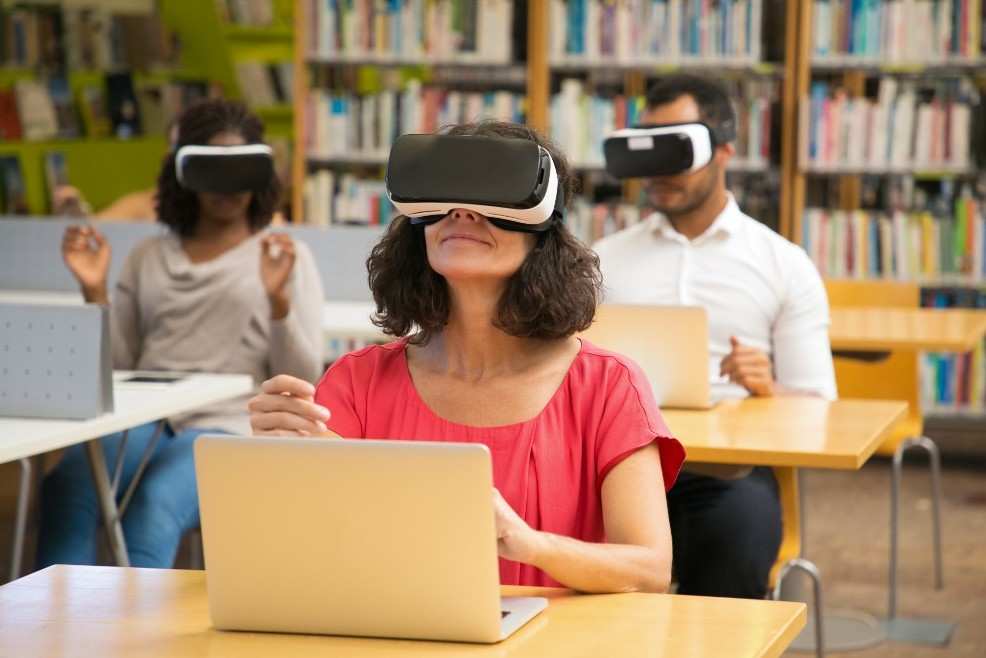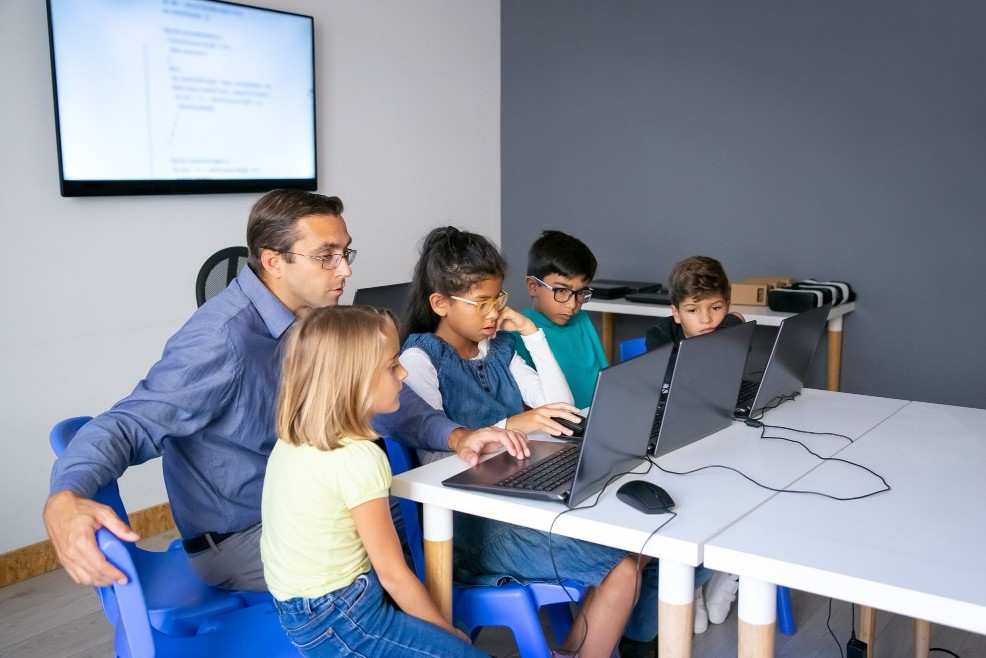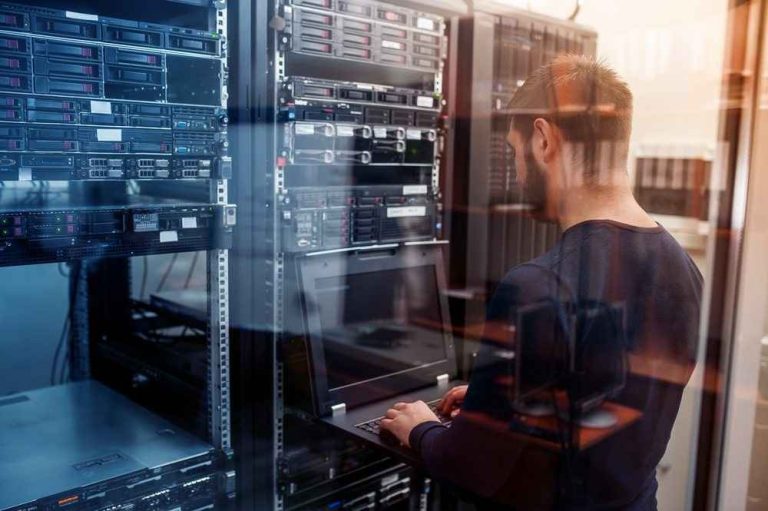10 Disadvantages of Technology in Education
The past century has seen astounding growth in technology development in various sectors which include healthcare, finance, communication, transport, and even education.
Technology has improved how people live, interact with each other, or obtain new knowledge. The influence of technology in education has placed students at a renewed advantage, however, there are some downsides too. Being a high school or college student will be fully influenced by technology while studying daily.
It is essential to be cautious as if no one can cross over to a different territory through excess use, so in this case we aim to shine light to some of the cons and pros of technology in education, for example ensuring that modern technology is only used within the classroom or while teaching. The goal is to analyze these challenges and present effective strategies for successful technology integration in the classroom.
Learning Is Becoming More Expensive

The education system has gotten better over the decades. Initially, students only needed writing tools such as pens and books:
- However, as technology entered the educational sector, many more tools were added.
- Right now, every student in college is encouraged to buy at least one laptop because we are no longer in the age of paper learning; rather, we are entering the age of computer learning.
- For their devices and upkeep, students have to purchase additional software. Colleges have to increase tuition fees because students need access to better tools. Rather, this money could be saved and put into a useful part of a student’s life.
Technology Can Be Distracting

Technology can be crucial to the education sector, but it can also be a source of distraction for diverse groups, including students and teachers alike.
- The likes of tablets, smartphones, and even laptops allow users access to many learning tools. Still, they provide access to social media, games, and streaming, which isn’t educational.
- Due to this, students find it difficult to stay attentive in class and are unwilling to engage fully in the learning-helping environment.
Insufficient Teaching Methods
Technology in education can sometimes lead to ineffective teaching. Over-reliance on digital tools reduces teacher-student interaction and lesson quality.
Issues:
- Limited personal interaction.
- Overuse of generic digital content.
- Lack of teacher training in technology.
Effects:
- Superficial learning.
- Lower student engagement.
- Widened performance gaps.
- Combining traditional methods with the proper use of technology can improve teaching.
Misleading Information
Technology in education can expose students to unreliable or inaccurate sources online. They may rely on false information without proper guidance, affecting their learning and understanding. Educators must teach critical thinking and source verification to combat this issue.
- Students may encounter false or inaccurate content online.
- Lack of guidance can result in poor critical thinking and evaluation skills.
Extra Distractions for Students
Technology in education can easily divert student’ attention,reducing focus and productivity
- Devices often lead to time spent on social media, games, or browsing.
- Notifications and apps can disrupt concentration during lessons.
Inefficient Learning by Students
The lack of physical presence of the teachers is also encouraged by the vast amount of information students can find online. This leads to a misunderstanding of the complexity of the concepts and the inability to develop critical thinking skills. As a result, this could facilitate inefficient learning and memory retention.
- Limited teacher feedback can hinder personalized learning.
- Excessive use of digital resources can reduce independent thinking.
- Technology distractions may take away from focused study time.
Technology Sometimes Fails
Despite its benefits, technology in education can sometimes fail due to technical or software issues. When devices malfunction, it disrupts learning and wastes valuable time. Furthermore, reliance on technology may limit students’ learning ability without digital tools.
- Technical failures can disrupt lessons.
- Software issues may cause learning delays.
- Over-dependence on technology can reduce critical thinking skills.
Collaboration and Communication
Technology’s advantages to education cannot be overemphasized, with tools that allow students and instructors to communicate and work together more effectively being chief among them. The growth of online platforms, messaging services, and video conferencing significantly increases students’ capacity to work on projects, pose queries, and obtain rapid responses.
On the other hand, an overdependence on online tools may lead to reduced socialization, which is important in building good social relations.
- Technology enables real-time collaboration across distances.
- Online platforms allow instant communication between students and teachers.
- Video conferencing helps maintain connection in remote learning environments.
- Over-reliance on digital communication may weaken face-to-face interaction skills.
Accessibility to Information
With technology, students can retrieve information online without much of a hurdle. Instead, a problem arises: the abundance of information available to them makes it difficult to separate good sources from bad. However, using technology such as articles or videos has made learning much easier as all ranges of resources are just a few clicks away.
- Online resources provide easy access to a wide range of information.
- Digital libraries and platforms offer learning materials anytime and anywhere.
- The abundance of information can sometimes make good sources difficult to find.
Makes Cheating Easier
Technology integrated into the classroom may only tempt students to cheat since they can access all the information they require at the touch of a button and through online services. Although technology is a great help in the learning process, it also encourages and allows students to disregard answer sheets or bring in gadgets that are against the regulations for exam use. This violates the principles of the educational processes of any country.
- Easy access to information makes cheating during exams hard to resist.
- Answers may be easily searched online, which is dishonest behavior.
- The absence of supervision in the setting of remote classes exposes students to more chances to cheat.
Can Technology Replace Teachers?
Even if technology is used in education, replacing teachers will never be possible. As stated before, the uniqueness of teachers is characterized by the attention and assistance they give, which technology does not provide. They are responsible for helping students learn, active participants in students’ education, and teacher-student communication.
According to Fred Rogers, “Teachers are not technology”. And indeed, they are not; however, Rogers continues, “Teachers are human beings.”
They comprehend the world differently, leading with a consummate activity to ensure students succeed.
Final Thoughts
Technology will always keep growing, and new inventions will being discorverd.
However, some things should take precedence over technological breakthroughs, and that is the core function of education. Rather, it should allow for improving education without compromising on traditional educational principles.
As you can see, education and technology faze in tandem with each other. In contemporary times, technology is an integral part of both learning and teaching processes.
Quick Tip: To make the most of technology in learning, use it to enhance understanding but balance it with traditional methods for deeper engagement and critical thinking.
FAQs
What are the disadvantages of technology in learning?
Technology can cause distractions, lead to superficial learning, and make students rely too much on digital tools instead of critical thinking.
What are the negative effects of technology on education?
Technology can lead to misinformation, reduce face-to-face interaction, and make cheating easier for students.
Why don’t teachers use technology in the classroom?
Some teachers may lack training, access to resources, or confidence in using technology effectively.
Can teachers be replaced by technology?
No, teachers play a crucial role in guiding, motivating, and providing personalized support that technology can’t replace.




